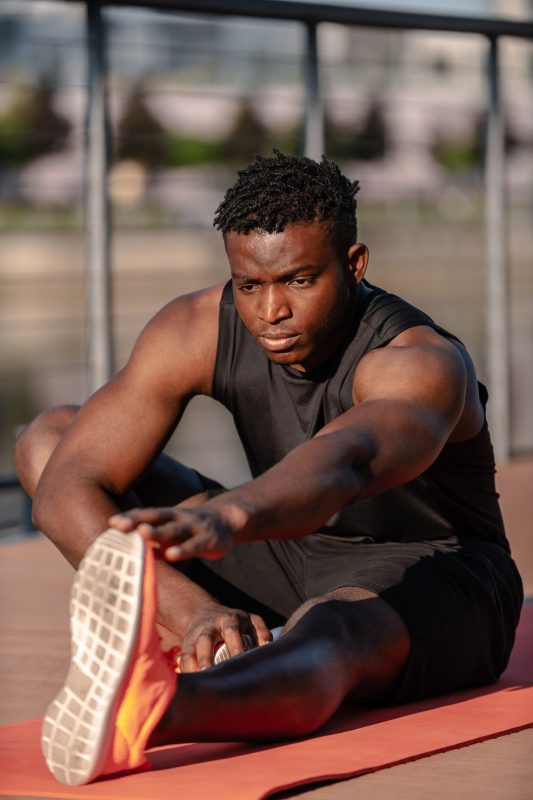Your cart is currently empty!
Phenoms on the Pitch: The Making and Mentoring of Young Star Athletes

In the world of sports, the rise of young athletes to stardom has long captivated spectators’ attention. These promising talents, often labelled as “phenoms,” have their careers meticulously charted from an early age. On football fields worldwide, countless adolescents showcase remarkable skills and abilities, earmarked as the next Messi or Ronaldo. Yet, the path from youthful promise to professional triumph is steep, strewn with both successes and setbacks. The routes taken and the support systems surrounding these young prodigies warrant closer scrutiny.
Recognising a phenom is an art in itself. They stand out not just in terms of skills, but their understanding of the game, their physical maturity, and their ability to consistently perform at high levels. Scouts affiliated with clubs large and small often spend countless hours seeking the next young star. Clubs invest significant sums in youth academies, hoping to nurture promising talents into professionals.
However, the journey from being recognised as a young phenom to becoming a professional athlete is not always linear or guaranteed. As examples, Wayne Rooney and Lionel Messi, football’s celebrated icons, were both recognised as phenomenal talents at a tender age. Yet, their paths diverged significantly. Rooney, discovered in Liverpool, was nurtured by Everton’s youth system before making his professional debut at 16, while Messi’s journey began in Argentina before Barcelona relocated him to Spain at 13 to hone his talent. Their natural abilities were obvious, but the environments that crafted them were starkly different.
In contrast, not all young star athletes transition smoothly into the professional sphere. Freddy Adu, touted as the “next Pele,” made his professional debut at the tender age of 14 in American soccer but failed to meet the high expectations. Despite his natural ability, the absence of a nurturing environment and the pressures associated with his premature introduction into professional sports impeded his development.
One cannot ignore the considerable psychological impact that comes with the attention young phenoms receive. The line between encouragement and pressure can often blur, leading to immense stress. This spotlight can prematurely thrust them into adulthood, depriving them of a conventional childhood and adolescent experiences.
Mental health issues among athletes, including young ones, are a growing concern. Studies indicate that athletes could be 1.5-2 times more likely to experience mental health problems than the general population. The burden of expectations, the fear of failure, and the constant scrutiny can all contribute to a host of issues, including anxiety, depression, and burnout.
Therefore, an essential question arises: How should parents, coaches, and organisations balance the pressures of managing young star athletes to ensure their development into healthy adults, irrespective of their future in sports?
Creating a supportive environment, with a balanced emphasis on mental health and physical development, is paramount. Parents and coaches should foster a sense of self-worth that goes beyond sporting achievements, nurturing resilience and the ability to cope with success and failure alike.
A shift in perspective can also help. It’s crucial to view these young individuals as children first, athletes second. This can aid in grounding their experiences, allowing them to enjoy the game without the fear of letting down adults’ hopes.
Additionally, clubs and sports bodies must play their part. Professional counselling and psychological support should be made readily available and seen as an integral part of athlete development programs.
Above all, a measured approach to nurturing these young talents should be encouraged. Their journeys are marathons, not sprints, after all. Understanding that every child develops at their own pace, both physically and mentally, is a crucial component of this approach.
The phenomenon of young star athletes is unlikely to wane, fueled by the sports industry’s relentless quest for the next big star. Yet, with more awareness and concerted action, we can ensure that these young phenoms are recognized, nurtured, and supported—both as athletes and individuals—setting the stage for healthier and more balanced adults, regardless of whether they score their goals on the pitch or off it.
Discover more from NuSpeed Network
Subscribe to get the latest posts sent to your email.
Leave a Reply
You must be logged in to post a comment.